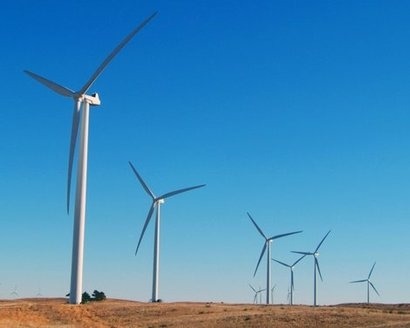
WFC covers the models and procedures required to control each turbine in a wind farm through approaches such as wake steering and induction control, in a way that optimises the wind farm’s total output or overall performance. It enables operators to extract additional energy and potentially optimise loading across turbines, and allows them to claw back some of the wake losses that reduce energy yield.
Companies involved in the JIP include EDF Renewables, Enel Green Power, Engie, Equinor, GE Renewable Energy, Greencoat, Iberdrola/Scottish Power, Pattern, RES, RWE, Shell, Vestas, Windey, Ørsted and others in the process of joining.
“DNV launches this joint industry project to demonstrate the value of this promising wind control technology, which may become as common as energy yield assessment and equally necessary to wind projects” said Ditlev Engel, CEO Energy Systems at DNV. “It’s tremendous to see that many key players in the wind industry unite to further the development of technologies that will have an immense benefit for the sector, and society at large. The more we can optimise the output of wind farms, the faster we will achieve our global climate goals.”
Jaideep Sandhu, CTO of Renewables Global Business Unit at Engie, said that WFC is the natural evolution to move from turbine level optimisation to a wind farm level optimisation for Wind assets and that it will enable more energy to be extracted while also ensuring that the integrity of the wind farm is maintained.
WFC can enable operators to optimise their assets’ performances and bring increased revenue from generation, reduction in operational turbine loading and extension of the life of turbines. The technology’s potential is all the more important given that DNV’s Energy Transition Outlook forecasts a rapid ramp-up of solar and wind, to the point that they will dominate the power mix in 2050 with a 69 percent combined share of global installed electricity capacity.
“Implementing intelligent wind farm control and thereby increasing the efficiency of wind power plants will be one of the key enablers for securing the green energy transition” said Anne Vedel, SVP Product Solutions & Integration at Vestas Power Solutions. “Implementing new technology requires careful validation in order to make sure that we don’t compromise the quality or performance of our products, which is why we join this program. Improving existing products through innovation, rather than implementing unproven new technology, is key for us to ensure sustainable and reliable product development.”
For additional information:

